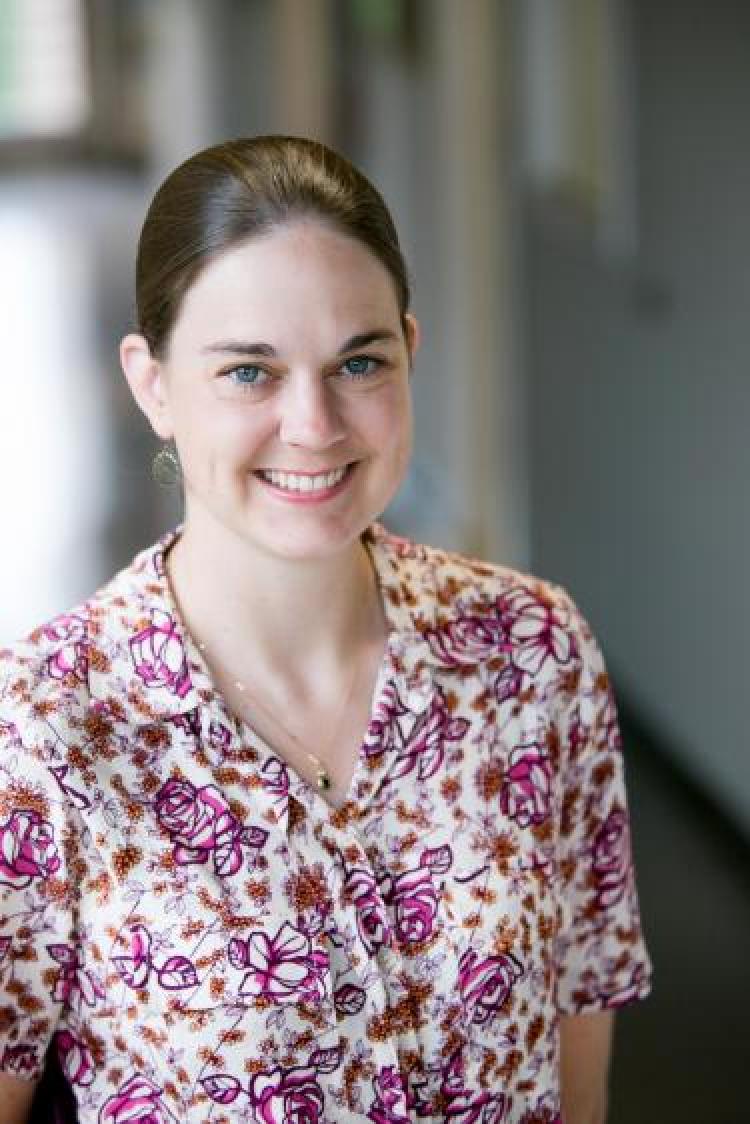New project to explore how planets get their atmospheres

Images of "circumstellar" disks circling young stars as seen by the Atacama Large Millimeter Array (ALMA). (Credit: ALMA, ESO/NAOJ/NRAO, S. Andrews et al.; NRAO/AUI/NSF, S. Dagnello)
This story was adapted from a version published by the University of California, Santa Cruz. Read the original story.
The NASA Astrobiology Program has awarded a five-year, $5 million grant to an interdisciplinary consortium to trace the volatile elements that form the atmospheres of planets, establishing a scientific foundation for detecting the signatures of life on other planets.
Meredith MacGregor, an assistant professor in the Department of Astrophysical and Planetary Sciences (APS) and the Center for Astrophysics and Space Astronomy (CASA) at CU Boulder, will lead the university's efforts on the project. Her research will explore the connections between planets, their host stars and the disks of gas and dust that surround young stars—including how planets inherit their atmospheres from disks and how bursts of energy from stars can make alien worlds less hospitable for life.

Meredith MacGregor
“Energy from stars can ionize and even erode the atmosphere of a planet, turning a habitable world into a barren wasteland,” MacGregor said. “In this project, we hope to better understand how this happens and how many worlds could be affected.”
Natalie Batalha, professor of astronomy and astrophysics at the University of California, Santa Cruz, will lead the overall consortium, one of eight new research teams selected by NASA to inaugurate its Interdisciplinary Consortia for Astrobiology Research (ICAR) program. The consortium also includes researchers at the University of Hawaii at Manoa, University of Kansas and NASA Ames Research Center.
“We want to understand the physical processes that impact planetary atmospheres,” Batalha said. “We must understand those physical processes and their effects in the absence of life so that we will be able to recognize the signs of life when we see them.”
For Batalha’s team, that means “following the volatiles,” tracing the path of the volatile elements like carbon and oxygen that make up a planet’s atmosphere. That path goes from star-forming clouds into protoplanetary disks, to the building blocks of planets and eventually into planets themselves, where volatile elements can move between the surface, atmosphere and interior, and even be lost to space.
The researchers will address four fundamental science questions: What is the inventory of volatiles in planetary building blocks? What are a planet’s external sources and sinks of volatiles (in other words, where do they come from and where do they go)? How are volatiles distributed between a planet’s interior, surface and atmosphere? And what can atmospheric observations tell us about the volatile inventories and chemistries of exoplanets?
MacGregor will lead analysis of circumstellar disk observations using the Atacama Large Millimeter/submillimeter Array (ALMA) combined with other ground-based observatories. She will also coordinate multi-wavelength observing campaigns to explore the properties of and mechanisms behind stellar flaring in order to better understand how these events can damage planetary atmospheres over time.


